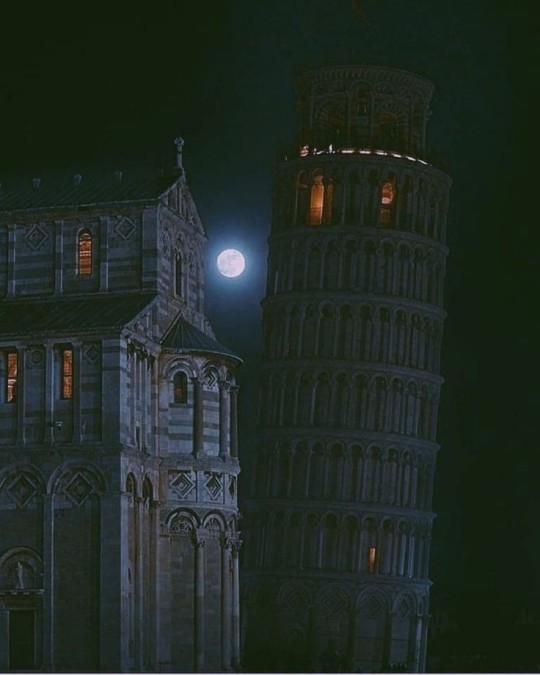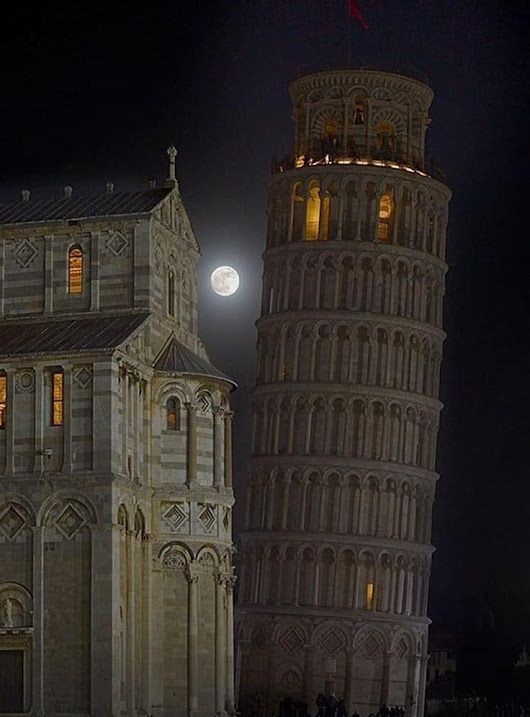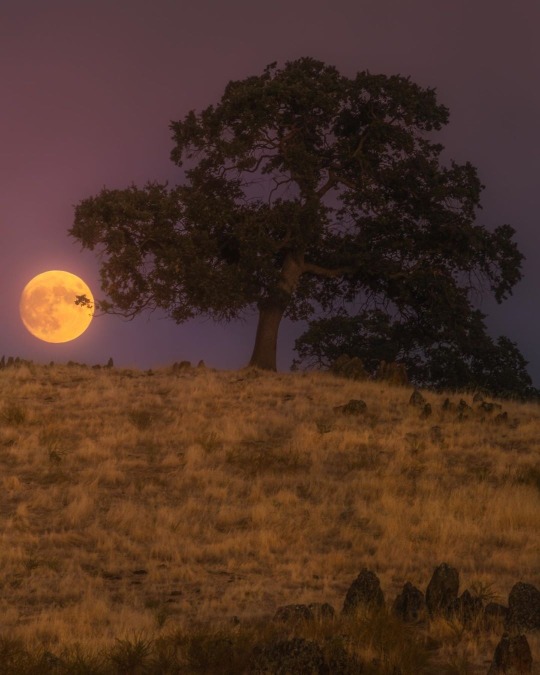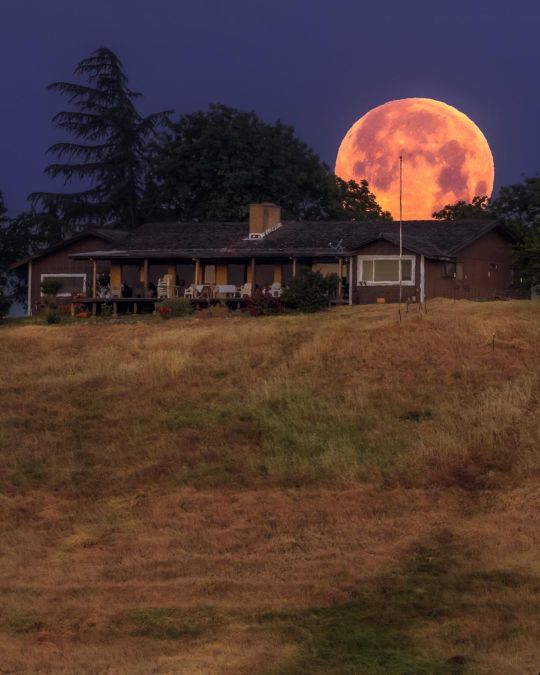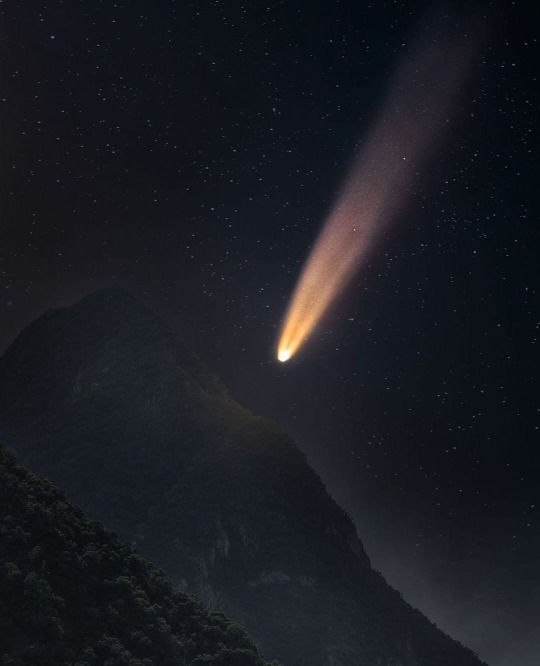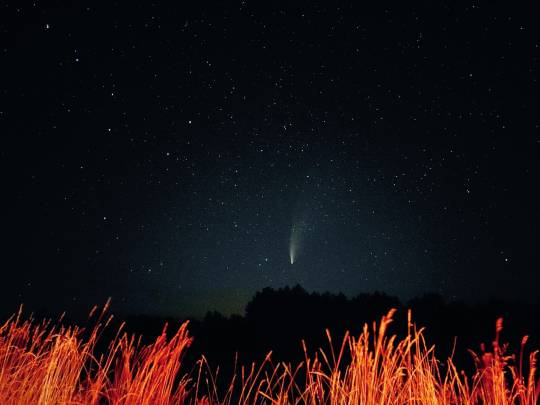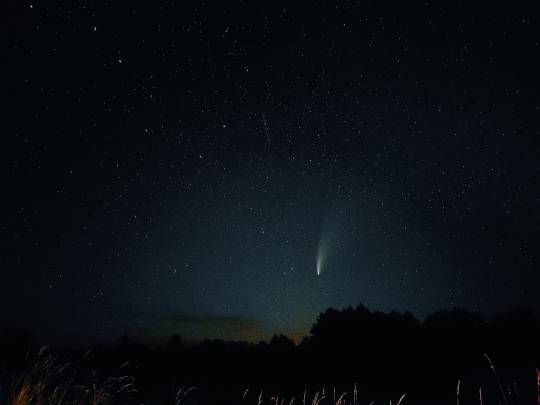Text







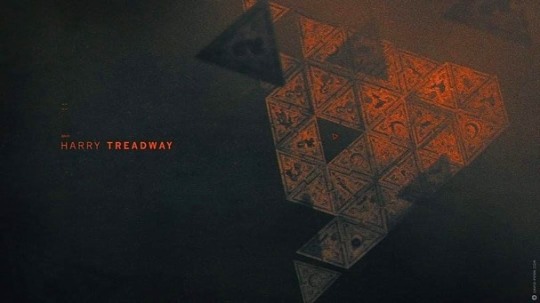

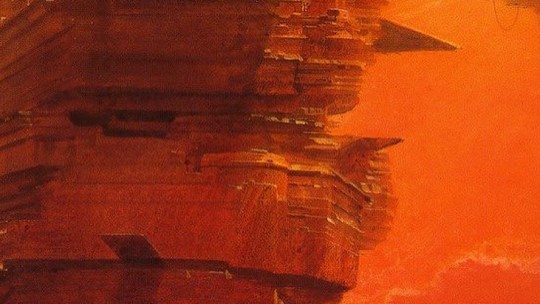
Concept art for Star Trek Picard opening credits
Source: https://www.instagram.com/p/CAIxoQMhh9r/?igshid=u0r2uab7rsu4
16 notes
·
View notes
Link
Günümüzde bilgisayar ve akıllı telefonlarla “birazdan” fazla haşır neşir olan ve mahremiyetin önemli olduğuna inanan kullanıcıların çoğunu neredeyse paranoyaklaştıran, kullanıcıları izlenmeye engel olmak için birbirinden çok farklı ama hep aynı sonuca çıkan önlemler almaya iten Büyük Veri (Big Data)’nin ve onu bizlere karşı kullanan irili ufaklı şirketlerin, bizi bizden bile iyi tanımaya başladığı için algımızı yönlendirmeyi başardığının net bir fotoğrafını nedenleriyle ortaya koyan bir yazı Zürih merkezli Das Magazin muhabirleri olan Hannes Grassegger ve Mikael Krogerus tarafından 27 Ocak 2017 tarihinde Motherboard web sitesinde The Data That Turned the World Upside Down başlığıyla yayınlandı. Yeşim Özşen de bu çok önemli yazıyı yaklaşık 1 ay sonra (18 Şubat 2017) bianet için çevirdi. Yazı aşağıda, ancak 2018’in Mart ayında çalıştığım kurum için yaptığım bir araştırmada aynı zamanda bu yazının yazılmasına neden olan Cambridge Analytica için de bazı internet sayfalarından yararlanmıştım. Bu sayfaları yazının orijinal metni ve çevirisinin ekran görüntüleri ile birlikte yazının sonuna ekliyorum. — Murat Mutlu
0 notes
Photo




Surreal Artwork by French Illustrator Guy Billout (via @41stronge, https://t.co/jbEIqtfGgH)
3 notes
·
View notes
Photo






The Beatles at Central Park in New York during a sightseeing tour, February 1964.
George Harrison is missing, back at the Plaza Hotel suffering from a sore throat.
4K notes
·
View notes
Text
Our Most “Liked” Instagram Posts of 2017
Our Instagram page has over 2,200 images and is lucky enough to be followed by more than 29 million fans.
What images and videos were your favorite from this past year? Great question, and one we asked ourselves too!
Here’s a look at our most liked Instagram posts* of 2017…Enjoy!
#10 Black Hole Collision

What happens when two supermassive black holes collide? Until last year, we weren’t quite sure. Gravitational waves! With 834,169 likes, this image is our 10th most liked of 2017.
#9 Italy Through the Space Station Cupola Window
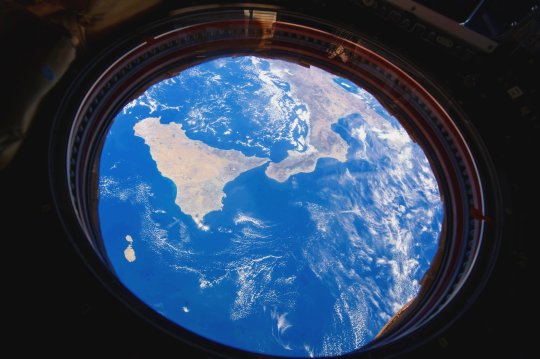
European astronaut Paolo Nespoli (@Astro_Paolo) shared this image on social media of “Southern #Italy and Sicily framed by one of our Cupola windows” aboard the International Space Station. This image ranks #9 for 2017 with 847,365 likes.
#8 Black Hole Friday
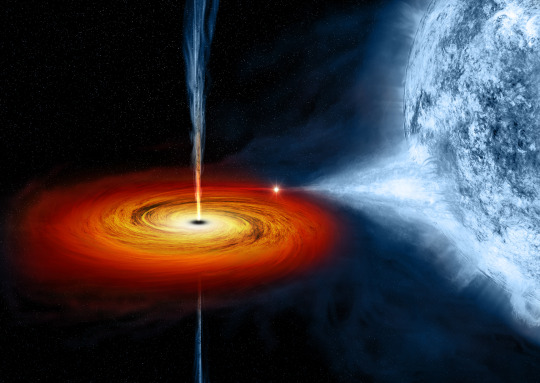
For our 5th annual #BlackHoleFriday we’ll share awesome images and facts about black holes! A black hole is a place in space where gravity pulls so much that even light cannot get out. With 916,247 likes, this picture ranks #8 for 2017.
#7 The Elements of Cassiopeia A

Did you know that stellar explosions and their remains–“supernova remnants”–are a source of chemical elements essential for life here on Earth? A new Chandra X-ray Observatory image captures the location of several vital elements like silicon (red), sulfur (yellow), calcium (green) and iron (purple), located on Cassiopeia A–a supernova remnant ~11,000 light years from Earth. This image ranks #7 for 2017 with 943,806 likes.
#6 Jupiter Blues

Jupiter, you’re bluetiful 💙 ! Churning swirls of Jupiter’s clouds are seen in striking shades of blue in this new view taken by our Juno spacecraft. This image ranks as our sixth most liked Instagram post of 2017 with 990,944 likes.
#5 An Interstellar Visitor

An interstellar visitor…scientists have confirmed that an intriguing asteroid that zipped through our solar system in October is the first confirmed object from another star! Observations suggest that this unusual object had been wandering through the Milky Way, unattached to any star system, for hundreds of millions of years before its chance encounter with our star system. With 1,015,721 likes, this image ranks #5 for 2017.
#4 Space Station Lunar Transit

Space station supermoon. This composite image made from six frames shows the International Space Station, with a crew of six onboard, as it transits the Moon at roughly five miles per second on Dec. 2. This image ranks #4 for 2017 with 1,037,520 likes.
#3 The Space Between Us
A post shared by NASA (@nasa) on Dec 20, 2017 at 2:56pm PST
The beautiful space between Earth and the International Space Station was immortalized by NASA astronaut Mark Vande Hei while orbiting 250 miles above the planet we call home. This majestic image ranks #3 for 2017 with 1,042,403 likes.
#2 The Moon Swallows the Sun
A post shared by NASA (@nasa) on Aug 21, 2017 at 2:03pm PDT
Today, the Sun disappeared, seemingly swallowed by our Moon–at least for a while. The August 21 solar eclipse cut through a swath of North America from coast to coast and those along the path of totality, that is where the Moon completely covered the Sun, were faced with a sight unseen in the U.S. in 99 years. Which might have something to do with this image ranking #2 for 2017 with 1,144,503 likes.
#1 Solar Eclipse Over Cascade Lake
A post shared by NASA (@nasa) on Aug 21, 2017 at 3:57pm PDT
Behold! This progression of the partial solar eclipse took place over Ross Lake, in Northern Cascades National Park, Washington on Monday, Aug. 21, 2017.
This photo was our #1 image of 2017 with 1,471,114 likes!
See them all here!
youtube
Do you want to get amazing images of Earth from space, see distant galaxies and more on Instagram? Of course you do! Follow us: https://www.instagram.com/nasa/
*Posts and rankings are were taken as of Dec. 28, 2017.
Make sure to follow us on Tumblr for your regular dose of space: http://nasa.tumblr.com.
4K notes
·
View notes
Text
Researchers Just Found (For The First Time) An 8th Planet Orbiting A Star Far, Far Away
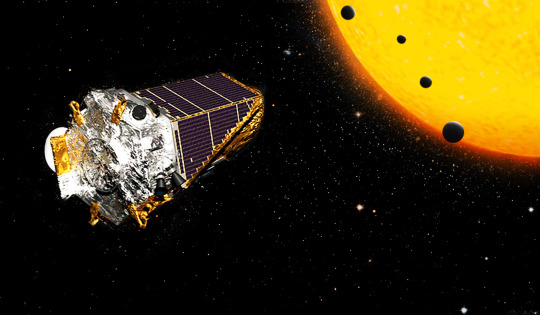
Our Milky Way galaxy is full of hundreds of billions of worlds just waiting to be found. In 2014, scientists using data from our planet-hunting Kepler space telescope discovered seven planets orbiting Kepler-90, a Sun-like star located 2,500 light-years away. Now, an eighth planet has been identified in this planetary system, making it tied with our own solar system in having the highest number of known planets. Here’s what you need to know:
The new planet is called Kepler-90i.
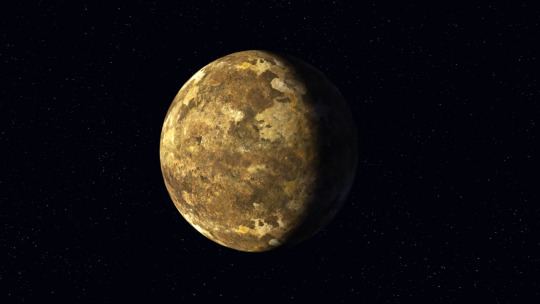
Kepler-90i is a sizzling hot, rocky planet. It’s the smallest of eight planets in the Kepler-90 system. It orbits so close to its star that a “year” passes in just 14 days.

Average surface temperatures on Kepler-90i are estimated to hover around 800 degrees Fahrenheit, making it an unlikely place for life as we know it.
Its planetary system is like a scrunched up version of our solar system.

The Kepler-90 system is set up like our solar system, with the small planets located close to their star and the big planets farther away. This pattern is evidence that the system’s outer gas planets—which are about the size of Saturn and Jupiter—formed in a way similar to our own.

But the orbits are much more compact. The orbits of all eight planets could fit within the distance of Earth’s orbit around our Sun! Sounds crowded, but think of it this way: It would make for some great planet-hopping.
Kepler-90i was discovered using machine learning.
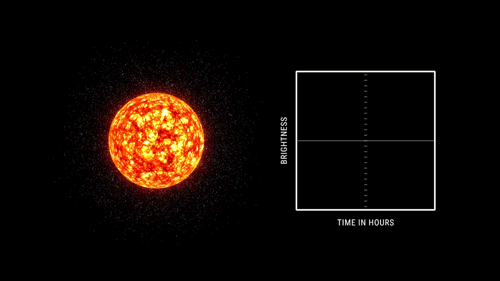
Most planets beyond our solar system are too far away to be imaged directly. The Kepler space telescope searches for these exoplanets—those planets orbiting stars beyond our solar system—by measuring how the brightness of a star changes when a planet transits, or crosses in front of its disk. Generally speaking, for a given star, the greater the dip in brightness, the bigger the planet!

Researchers trained a computer to learn how to identify the faint signal of transiting exoplanets in Kepler’s vast archive of deep-space data. A search for new worlds around 670 known multiple-planet systems using this machine-learning technique yielded not one, but two discoveries: Kepler-90i and Kepler-80g. The latter is part of a six-planet star system located 1,000 light-years away.
This is just the beginning of a new way of planet hunting.
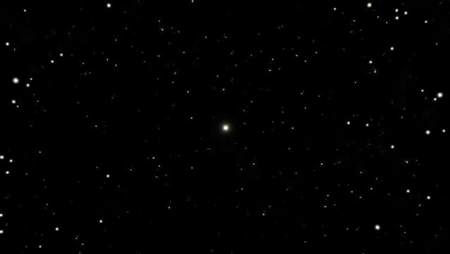
Kepler-90 is the first known star system besides our own that has eight planets, but scientists say it won’t be the last. Other planets may lurk around stars surveyed by Kepler. Next, researchers are using machine learning with sophisticated computer algorithms to search for more planets around 150,000 stars in the Kepler database.
In the meantime, we’ll be doing more searching with telescopes.

Kepler is the most successful planet-hunting spacecraft to date, with more than 2,500 confirmed exoplanets and many more awaiting verification. Future space missions, like the Transiting Exoplanet Survey Satellite (TESS), the James Webb Space Telescope and Wide-Field Infrared Survey Telescope (WFIRST) will continue the search for new worlds and even tell us which ones might offer promising homes for extraterrestrial life.
Make sure to follow us on Tumblr for your regular dose of space: http://nasa.tumblr.com
*All images of exoplanets are artist illustrations.
4K notes
·
View notes
